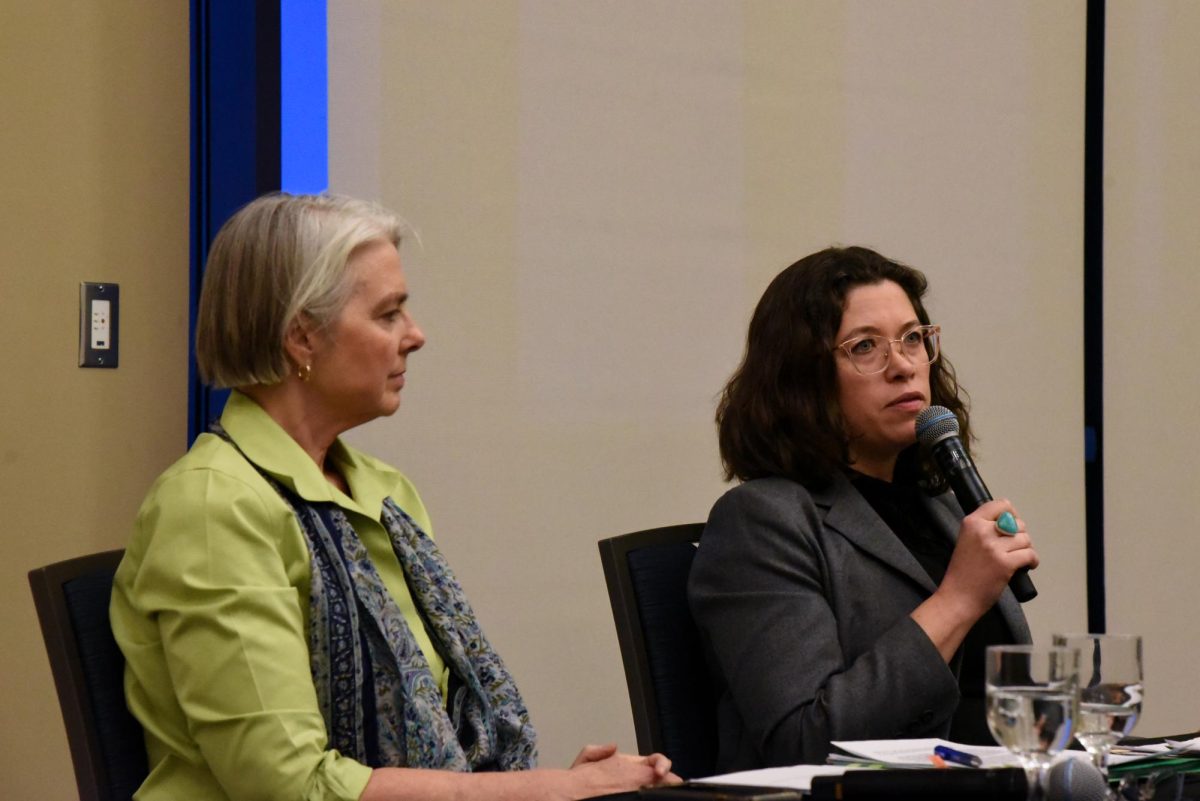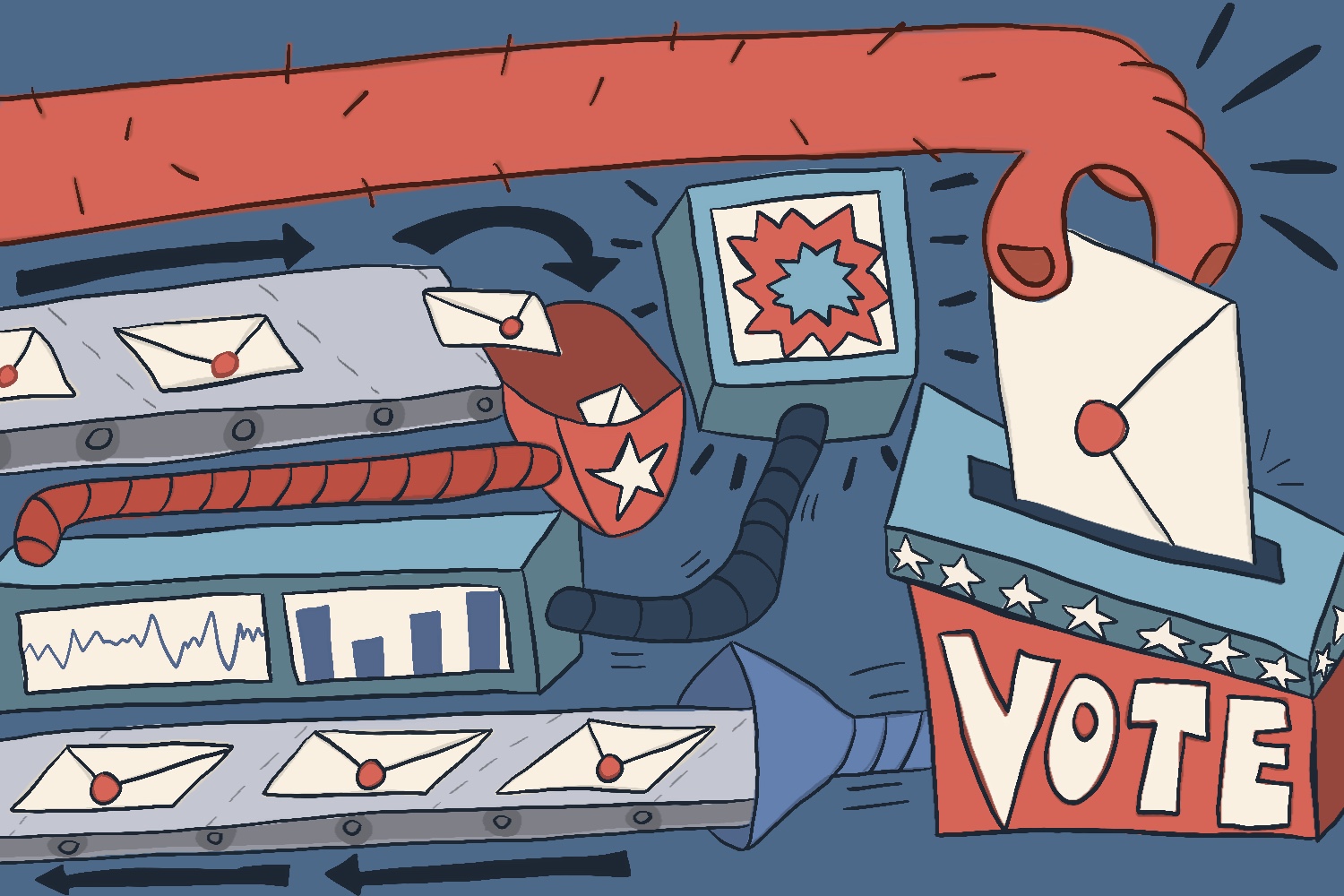Despite UVM’s efforts to make the student body more diverse, a 2012 public safety report release by Police Services revealed that the frequency of hate crimes both on and off-campus has increased.
Since 2010, the reported number of hate crimes, what Police Services considers those motivated by bigotry or prejudice toward a person’s personal or perceived race, has risen from zero to four over a two-year span with many more likely going unreported, the report showed.
While only one of these reported incidents specifically involved race, Beverly Colston, director of the ALANA student center, said this is troubling for all students regardless of ethnicity.
“People want to feel like they belong to this community and they’re valued members,” she said. “It doesn’t feel like a welcoming, inclusive community.”
While Colston said she could not point to precise statistics, she believes she has witnessed significantly more charged incidents among undergraduate students in various degrees of severity.
“A lot of the time it can be instances of people using the N-word or overhearing other people talking that way,” she said.
Senior Mache Chase, the president of UVM’s Black Student Union, said she has also noticed more bias incidents over the past three years.
“Students of color do not report the incidents anymore because we fail to see a change or a follow-up on how those who commit crimes are reprimanded,” Chase said.
One possible explanation for the rise in hate crime may be an unintended effect of the diversification of UVM over the past few years, Colston said.
The class of 2017 was reported to be the most diverse in UVM’s history, with about 14 percent of first-years identifying as ALANA (Asian-American, Latino, African-American and Native American) or multi-racial, according to UVM Admissions.
But while UVM may have more diversity, Chase said she believes it will fail in retaining some of those students if its community cannot address the problems of bias.
Additionally, the 2000 census showed that 92.27 percent of the Burlington population identified as “white only,” while in the 2010 census the percentage dropped to 88.94.
As the student and Burlington population grow more diverse, it will likely be important that students become aware of what a bias incident looks like and what the protocol for handling it is.
A 2011 Campus Climate survey conducted by the University’s Center for Rural Studies showed that three out of 10 students were aware of the protocol for reporting bias incidents, which Police Services considers to include all hate crimes.
But what can be especially challenging is figuring out how to distinguish the definition of a hate crime versus a bias incident, said Jes Kraus, the director of UVM’s Office of Affirmative Action & Equal Opportunity.
Kraus that hate crimes, or those that include assault, vandalism or some violation of state or federal law are handled by Police Services.
Bias incidents, or those incidents that contribute to an “unequal climate” on campus but may not be technically unlawful are handled by his office, usually in conjunction with the Center for Student Ethics and Standards.
“Let’s say someone writes some sort of awful racial epithet on a whiteboard,” Kraus said. “This is a type of incident where, if it happens once, is not thought to be severe enough to rise to the level of a policy violation. To date, the only stuff we tracked were those incidents severe enough.”
The University has taken steps to promote a more inclusive community, he said,
The Office of Affirmative Action has invested in software that will now keep track of all reported bias incidents for a thorough set of data, he said.
In addition, diversity training is now mandatory for all new UVM employees. Recenty 400 work-study students participated in a 2-hour seminar.
In 2006, UVM first passed its diversification requirement, a rule that all undergraduate students must take six credits in a diversity-related subject in order to graduate.
















